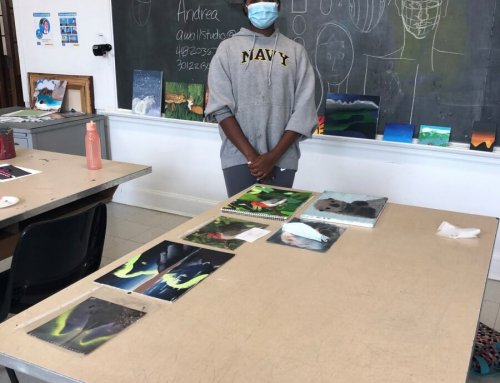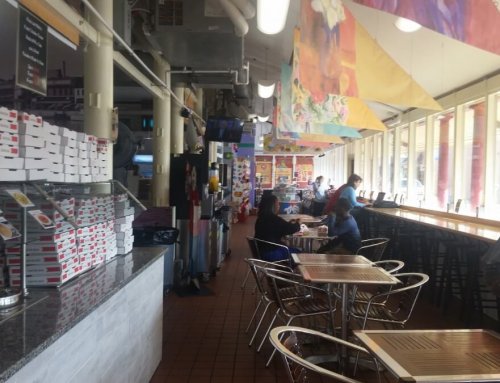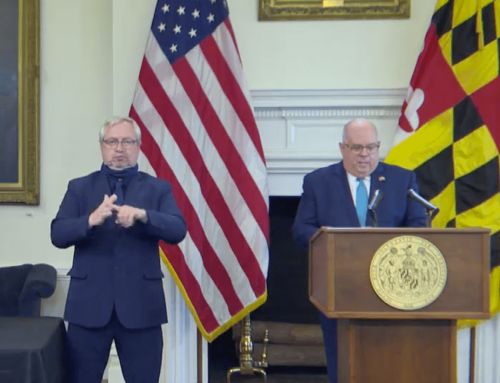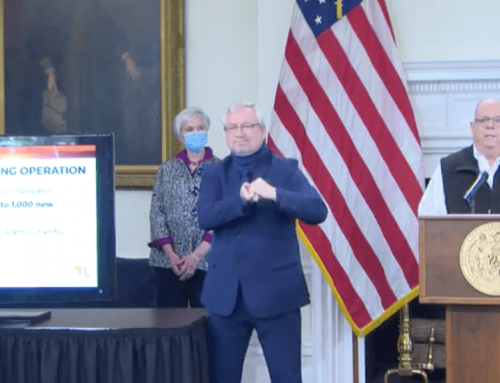Going green isn’t just a fad anymore; it’s a reality for many businesses in Annapolis and across the globe. Hotels, restaurants, wineries, organizations, and even amusement parks have scooped up the endeavor to establish practices that are beneficial for the environment. Companies take “going green” to mean much more than “Reduce, Reuse, Recycle.” Even Governor Martin O’Malley has taken a stand with his “Smart, Green and Growing” program. Now, there’s yet another resource for going-greeners entitled Maryland Green Travel. This initiative is all about promoting Maryland businesses that are green, which in turn, gives you, the consumer, the chance to also go green. Below, we’ll hear from Catherine Batavick, Manager of Maryland Green Travel, about the definition, purpose, and hope of this program.
Essentially, Maryland Green Travel exists as a guide to educate on what businesses, restaurants, hotels, and attractions go green around Annapolis. It’s part of Governor O’Malley’s green program mentioned above and was developed by the Office of Tourism Development in which Batavick works. On the website, http://visitmaryland.org/green/Pages/Home.aspx, visitors can view what businesses–local and in Metropolitan areas–are part of the program. What started as an initiative strictly for hotels branched out and now includes Annapolis restaurants like Galway Bay and Maryland wineries like Blue Wind Gourmet. Naturally, tons of Annapolis hotels already signed up: O’Callaghan, Loews, Westin, Annapolis Marriott Waterfront, Flag House Inn, Inn at Horn Point, etc. It’s not just Annapolis that gets in on the green scene; plenty of hotels in Baltimore, Howard County, Western Maryland, and on the Eastern Shore participate as well.
Knowing which hotels, restaurants, and attractions responsibly respond to the environment benefits you as the consumer too. Choosing Loews over another hotel that doesn’t promote sustainable practices is a simple way to reduce waste and reduce sleep deprivation. “As a consumer, you can decide on what hotels to stay in better,” Batavick says, “Because you might go for a hotel that is green over one that’s not.” However, as so many Annapolis hotels partner with Maryland Green Travel, choosing just one might prove difficult.
Hotels, and all the partners for that matter, can track their progress online. For instance, The Westin can see if their attempt to reduce waste works. Tracking progress is literally watching the state of the environment improve.
For hotels and restaurants to call themselves partners of Maryland Green Travel, they must meet several requirements. There’s the obvious (but nonetheless significant!) recycling, but partners must also have an Environmental Policy Statement, a plan to reduce waste from the property, energy, and water, and promote green events. Restaurants must also recycle grease whereas hotels must provide optional linen service. The significance here is that partners adhere to strict standards, which deems your choice to choose them more responsible.
Batavick posits that the website and even the core requirements for partners can be useful to everyone. “The main purpose of Maryland Green Travel is to promote green properties and the amazing things they are doing,” she begins. “We want it
There’s no way to get around it: lodging, eating, and traveling are necessities of life. But now, thanks to Maryland Green Travel, choosing environmentally-responsible places to stay and dine is easier. Next time you have family come to town, tell them to book a hotel that partners with Maryland Green Travel. Or, if you want to do more than recycle old canned beans, discover more ways to go green on the above site. Going green doesn’t have to be expensive or time-consuming; it can be as simple as choosing a hotel.







Leave A Comment